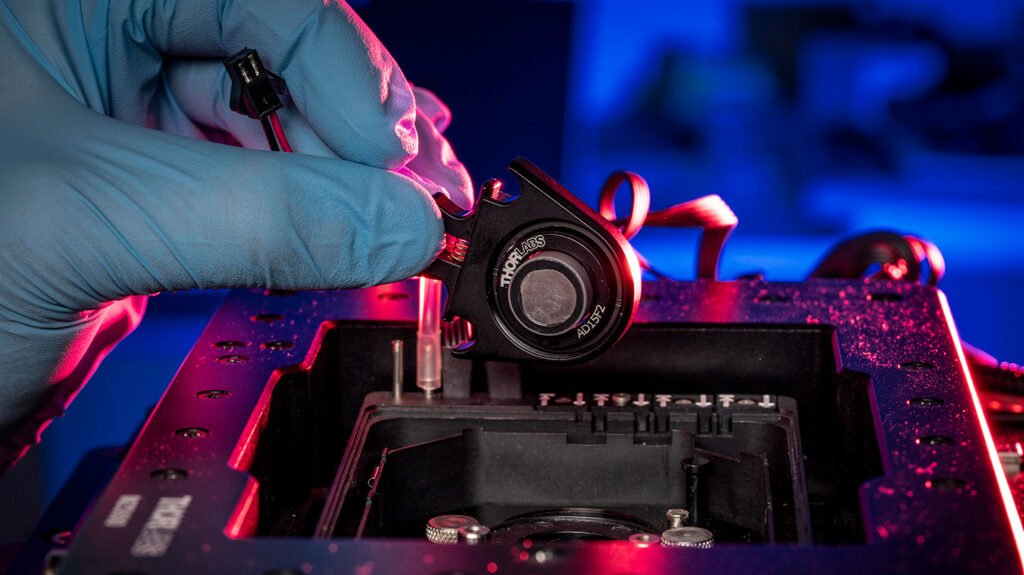For decades, traumatic brain injury (TBI) has been one of the most elusive and devastating conditions to study—especially in military and law enforcement personnel exposed to repeated low-level blasts. These exposures, often experienced during training with heavy weaponry, don’t always cause immediate symptoms. But over time, they can lead to chronic cognitive, emotional, and neurological issues. The problem? Traditional models—animal studies and flat cell cultures—fall short in replicating the complexity of the human brain. Now, a team at Johns Hopkins is changing the game with a new platform called POSITRONIC: the Platform to Optimally Study Injury and TRauma On Neural Integrity and Circuitry.
At the heart of POSITRONIC is a deceptively simple idea: use human-derived brain organoids—tiny, self-organizing 3D structures that mimic the architecture and function of the human brain—to model how repeated low-level blast exposures affect neural tissue. These organoids are grown from human stem cells and develop intricate neural networks, synaptic activity, and even region-specific features like those found in the cortex or thalamus. Once matured, they’re placed in a custom-built chamber where a compact transducer delivers pressure waves that simulate the blast profiles experienced during military training.
But what makes POSITRONIC especially powerful is its imaging system. Traditional methods rely on fluorescent tagging, which requires destroying the sample to capture a snapshot. That’s a non-starter for studying long-term injury progression. Instead, the APL team is using digital holographic microscopy—a noninvasive, label-free technique that captures real-time changes in cellular structure and physiology. This allows researchers to monitor how brain tissue responds to trauma over time, without ending the experiment. It’s like watching the injury unfold frame by frame, rather than trying to piece it together from stills.
The implications are enormous. By replicating the biomechanical conditions of mild blast-induced TBI (mbTBI) in a human-relevant model, POSITRONIC offers a new lens into how these injuries develop, progress, and potentially heal. It could help identify early biomarkers of damage, test protective gear or pharmaceuticals, and even inform new diagnostic tools. And because the platform is modular, it can be adapted to study other organs and injuries—like lung damage from blast waves or toxin exposure—using similarly engineered organoids.
The project is part of a broader initiative at Johns Hopkins to push the boundaries of organoid research. The Organoid Intelligence (OI) team, co-led by APL and Bloomberg researchers, is exploring how neural organoids can be used to study cognition, learning, and even decision-making. With support from the SURPASS program, they’ve developed microfluidic systems to sustain organoids, electrical stimulation tools to probe their activity, and AI-driven tasks to evaluate their responses. The long-term vision is to link mechanical trauma—like blast exposure—to changes in neural circuitry and cognitive function.
Article from JHU: Johns Hopkins APL Develops Innovative Platform for Traumatic Brain Injury Research
Abstract from Frontiers in Bioengineering and Biotechnology: Advancing next-generation brain organoid platforms for investigating traumatic brain injury from repeated blast exposures

